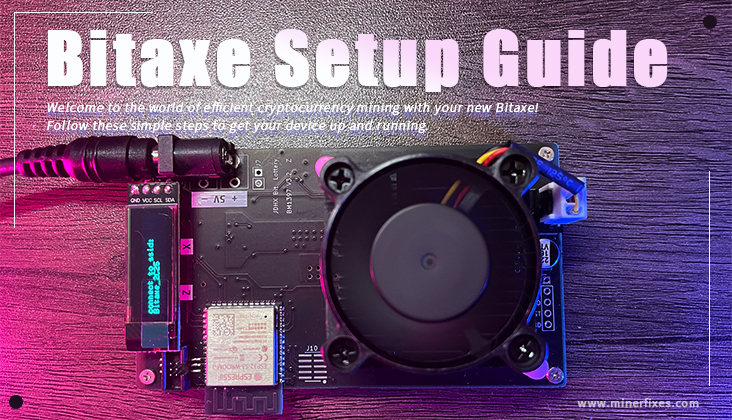Overclocking and Underclocking in Mining Machines
As competition in cryptocurrency mining (such as Bitcoin) becomes increasingly intense, miners are constantly seeking the optimal balance between hashrate, power consumption, and equipment lifespan. Overclocking and underclocking are key tools in achieving this balance.
1. What are Overclocking and Underclocking?
-
Overclocking: Increasing the chip’s operating frequency to boost hashrate. In simple terms, it makes the miner “run faster,” thus generating higher output.
-
Underclocking: Lowering the chip’s operating frequency to reduce power consumption and heat. Although hashrate decreases, efficiency may improve, making it suitable for mining farms with high electricity costs or poor cooling conditions.
2. Why Overclock?
-
Increase Hashrate: When electricity is cheap or profits are high, overclocking can temporarily increase mining revenue.
-
Unlock Hardware Potential: Some chips are designed with overhead capacity, and adjusting frequency and voltage can release more performance.
-
Faster ROI: For miners aiming at short payback periods, overclocking can help shorten return-on-investment time.
⚠️ Risks: Overclocking significantly increases power consumption and heat. Insufficient cooling may cause chips to overheat or fail. Stability can decline, leading to board crashes, system freezes, or hashrate fluctuations. Using unofficial firmware for overclocking may void the warranty.
3. Why Underclock?
-
Reduce Power Costs: In times of high electricity prices or low mining profits, underclocking cuts energy consumption and lowers costs.
-
Extend Lifespan: Reducing operational stress and temperature helps protect chips and power supplies, prolonging machine life.
-
Operate in Harsh Environments: In hot or poorly ventilated areas, underclocking ensures stable operation, preventing thermal shutdowns or failures.
4. How to Implement Overclocking and Underclocking?
-
Firmware Adjustments: Use built-in frequency tuning in official firmware, or third-party firmware (e.g., Vnish, Byteon) for more flexible strategies.
-
Voltage Control: Adjusting voltage in combination with frequency tuning to optimize efficiency.
-
Cooling Management: Efficient fans, water cooling, or immersion cooling to keep temperatures stable during overclocking.
-
Monitoring Tools: Real-time monitoring of chip temperature, hashrate fluctuations, and power load to ensure safe adjustments.
5. Application Strategies
-
Low electricity costs → Overclock: Maximize profits, but ensure proper cooling and risk control.
-
High electricity costs → Underclock: Optimize efficiency to avoid operating losses.
-
Seasonal adjustments → Dynamic tuning: Underclock in hot summers to prevent overheating; overclock in cooler winters for higher output.
6. Conclusion
Overclocking and underclocking are not simply “speeding up” or “slowing down,” but important strategies for balancing revenue, costs, and hardware lifespan in mining. When done correctly, they can significantly improve efficiency. However, careless adjustments may backfire. Miners are advised to consider electricity costs, environmental conditions, machine models, and firmware capabilities to develop a sound frequency management strategy, ensuring miners run safely and profitably.
 87474.62USD
87474.62USD 78.76USD
78.76USD 1.85USD
1.85USD 0.12USD
0.12USD 2924.36USD
2924.36USD 11.88USD
11.88USD 840.03USD
840.03USD 122.89USD
122.89USD 0.11USD
0.11USD 0.04USD
0.04USD 0.14USD
0.14USD
 Favorites
Favorites History
History








